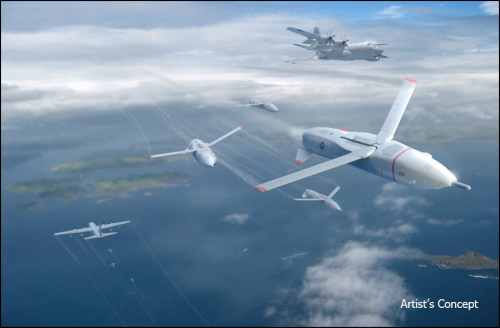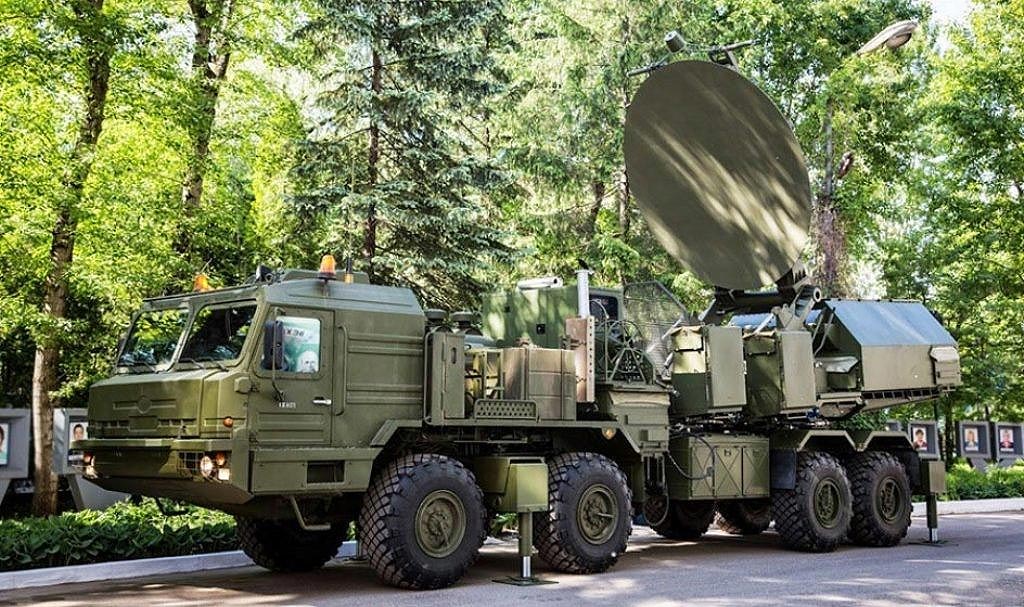- Joined
- 21 April 2009
- Messages
- 13,755
- Reaction score
- 7,694
http://www.darpa.mil/news-events/2015-08-28
For decades, U.S. military air operations have relied on increasingly capable multi-function manned aircraft to execute critical combat and non-combat missions. Adversaries’ abilities to detect and engage those aircraft from longer ranges have improved over time as well, however, driving up the costs for vehicle design, operation and replacement. An ability to send large numbers of small unmanned air systems (UAS) with coordinated, distributed capabilities could provide U.S. forces with improved operational flexibility at much lower cost than is possible with today’s expensive, all-in-one platforms—especially if those unmanned systems could be retrieved for reuse while airborne. So far, however, the technology to project volleys of low-cost, reusable systems over great distances and retrieve them in mid-air has remained out of reach.
To help make that technology a reality, DARPA has launched the Gremlins program. Named for the imaginary, mischievous imps that became the good luck charms of many British pilots during World War II, the program seeks to show the feasibility of conducting safe, reliable operations involving multiple air-launched, air-recoverable unmanned systems. The program also aims to prove that such systems, or “gremlins,” could provide significant cost advantages over expendable systems, spreading out payload and airframe costs over multiple uses instead of just one.
“Our goal is to conduct a compelling proof-of-concept flight demonstration that could employ intelligence, surveillance and reconnaissance (ISR) and other modular, non-kinetic payloads in a robust, responsive and affordable manner,” said Dan Patt, DARPA program manager.
The Gremlins program seeks to expand upon DARPA’s Request for Information (RFI) last year, which invited novel concepts for distributed airborne capabilities. It also aims to leverage DARPA’s prior success in developing automated aerial refueling capabilities, as well the Agency’s current efforts to create advanced UAS capture systems for ships.

For decades, U.S. military air operations have relied on increasingly capable multi-function manned aircraft to execute critical combat and non-combat missions. Adversaries’ abilities to detect and engage those aircraft from longer ranges have improved over time as well, however, driving up the costs for vehicle design, operation and replacement. An ability to send large numbers of small unmanned air systems (UAS) with coordinated, distributed capabilities could provide U.S. forces with improved operational flexibility at much lower cost than is possible with today’s expensive, all-in-one platforms—especially if those unmanned systems could be retrieved for reuse while airborne. So far, however, the technology to project volleys of low-cost, reusable systems over great distances and retrieve them in mid-air has remained out of reach.
To help make that technology a reality, DARPA has launched the Gremlins program. Named for the imaginary, mischievous imps that became the good luck charms of many British pilots during World War II, the program seeks to show the feasibility of conducting safe, reliable operations involving multiple air-launched, air-recoverable unmanned systems. The program also aims to prove that such systems, or “gremlins,” could provide significant cost advantages over expendable systems, spreading out payload and airframe costs over multiple uses instead of just one.
“Our goal is to conduct a compelling proof-of-concept flight demonstration that could employ intelligence, surveillance and reconnaissance (ISR) and other modular, non-kinetic payloads in a robust, responsive and affordable manner,” said Dan Patt, DARPA program manager.
The Gremlins program seeks to expand upon DARPA’s Request for Information (RFI) last year, which invited novel concepts for distributed airborne capabilities. It also aims to leverage DARPA’s prior success in developing automated aerial refueling capabilities, as well the Agency’s current efforts to create advanced UAS capture systems for ships.






